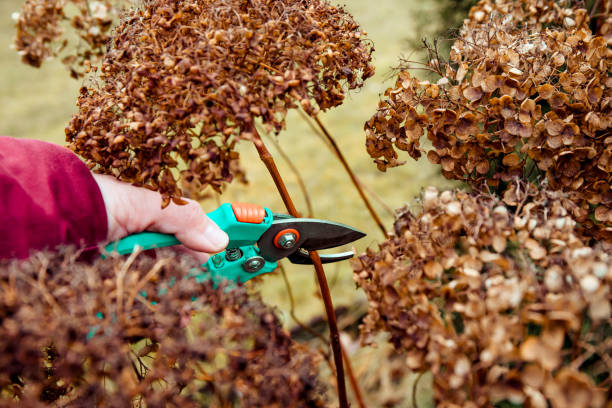March can be an exciting month to begin pruning your plants. Pruning is an essential gardening task in March as it controls the growth and shape of plants. This helps them to produce new stems and branches for the following season.
Plants to prune in March:
Wisteria
You will be able to see all the stems of your wisteria vine plant in March. It is the time to trace back to the main stem and sort out the shape of your plant. Pruning at this time of the year allows you to create a robust framework in the plant.
When pruning mature wisteria plants, cut back new growth and main branches to keep the plant neat and ready for the forthcoming growing period. Train your wisteria to grow where you want it to be, and continue tying it to supportive structures.
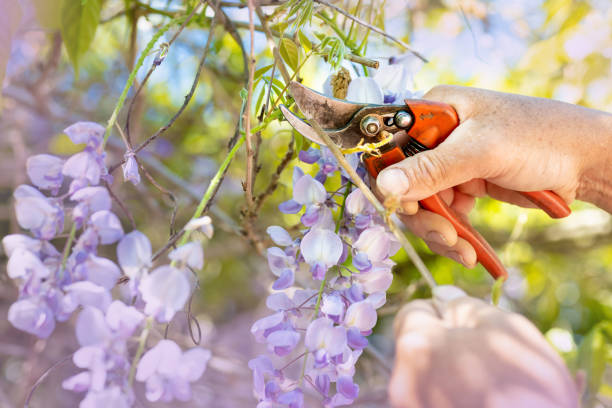
Image Credit: Unsplash
Hydrangeas
Pruning hydrangeas encourages new growth and a better display of blooms. It also prevents the hydrangeas from becoming congested or woody. Different types of hydrangea are pruned in different ways, so you need to be sure of the type of hydrangea you have in your garden. Pruning incorrectly will affect the flowering and budding of your plant.
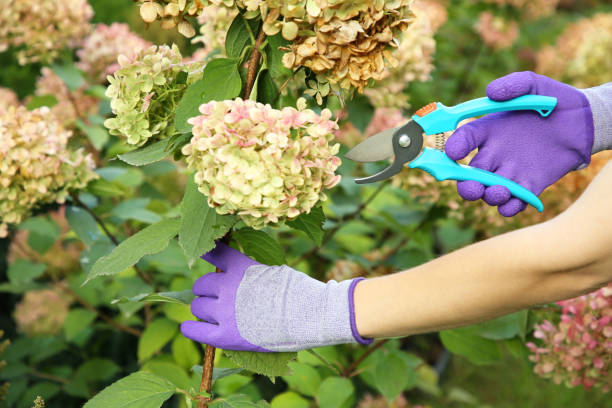
Image Credit: Unsplash
Butterfly Bush
Prune these plants after flowering by trimming about 1/3 of the branches in mid-to-late summer. Properly pruning your butterfly bush keeps it compact and tidy and improves its flowering.
Timing is essential with butterfly bush plants since pruning stimulates new growth that can be easily damaged by heavy winter weather, so pruning it in autumn is ideal.
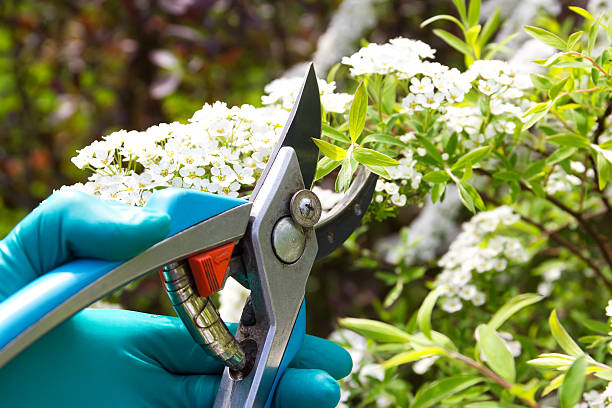
Image Credit: Unsplash
Delphinium
These beautiful plants are great for adding height or creating yard borders, with their large spiky leaves contrasting elegant vertical blooms. Pruning delphiniums is an excellent way to encourage second flowering in later seasons.
When pruning, cut down the entire main flower stem when the flowers have faded or dropped. Remember to wear garden gloves when pruning, as these plants are considered toxic perennials.
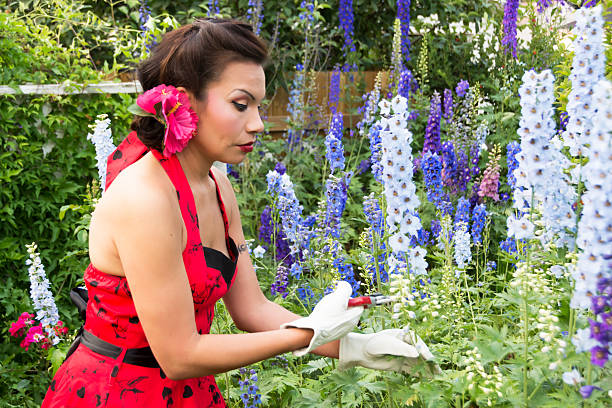
Image Credit: Pexels
Clematis
Before new flowering begins on your clematis, you might want to start eliminating any dead or feeble stems. By trimming back certain stems, you are promoting a wave of new flowering later in the season. Cut back to about 30 cm after the first flowering to encourage new, stronger growth.
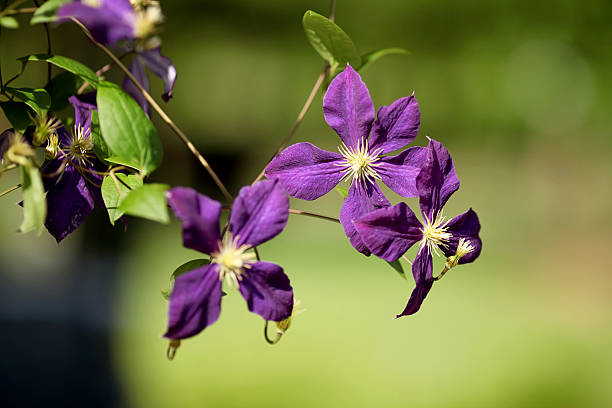
Image Credit: Pexels
Pruning not only maintains the plant’s shape, but also stimulates the development of fresh, fragrant blooms. Pruning is encouraged for most plants in your garden for a flourishing, wildlife-friendly garden. New blooms attract insects, stimulating vibrancy in your garden.
ALSO SEE:
Feature Image: Pexels

